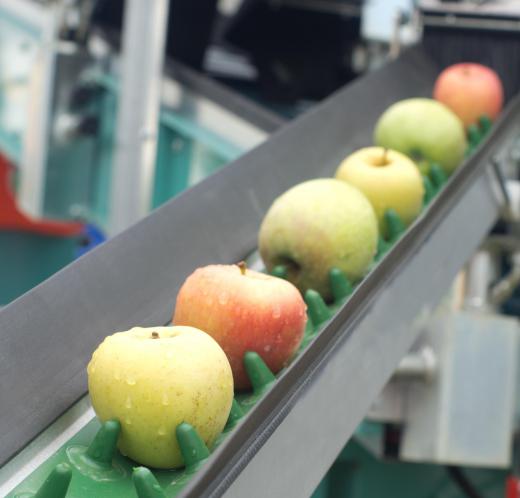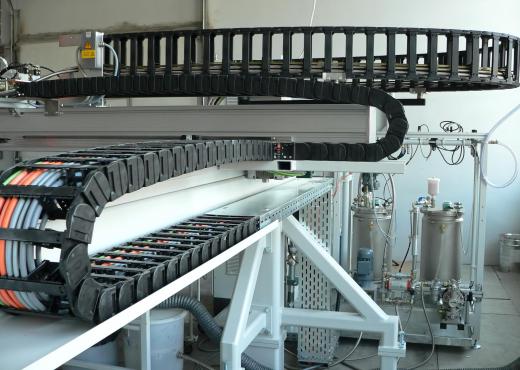Conveyor belt systems are used worldwide in very diverse industries to transport and handle materials and products. Many conveyor belt systems are available in the market to convey different types of products, whether they be light or heavy or large or small. Some of those commonly used are belt conveyors, powered roller conveyors, gravity roller conveyors, and chain-driven belt conveyors. Wire mesh conveyors, pneumatic conveyors, plastic conveyors, and swan neck conveyors are some other examples of widely used conveyor systems. A few more examples of popular conveyor systems are slat conveyors, stainless steel conveyors, incline conveyors, and plate link conveyors.
The special feature in plate link conveyor systems is the very hardy belt, which resembles the tracks of a tank. Made of overlapping metal plates, this belt can carry very heavy loads because of its innate strength and rigid, metallic surface. Companies use this type of conveyor belt systems in areas where the conveyor has to operate in extreme environmental conditions. The belt can survive both very high and very low temperatures that might destroy belts made of more traditional materials, like rubber and fabric. Sometimes plastic plates are used instead of metal plates within the food industry.

One of the most widely used conveyor belt systems, the gravity roller conveyor is both easy to install and extremely versatile. It is an unpowered roller system that's mostly used in warehouses to transport boxed or otherwise well-packaged materials that cannot slip in between the rollers. Able to support a great range of weights, they are mostly used to transport dry and solid items that aren't damaged by small amounts of vibration. They aren't suitable for carrying items that are semisolid, wet, or sticky or are in a powder or liquid form. Gravity rollers only transport items that have regular shapes and cannot topple.

Powered roller conveyors are truly versatile systems because they can transport materials both horizontally or up inclines. They are essentially gravity rollers powered by a motor and can convey parcels and packages that are fairly lightweight. The arrangement of the rollers makes the forward movement of the transported material independent of gravity. Another additional advantage is the ability of these conveyors to handle accumulation. When packages reach the end of the conveyor, they can accumulate without any damage to the system until they are transferred; this only applies to lightweight packages.
Heavier loads are handled by chain drive belt conveyors, which can be thought of as the four-wheel drive equivalent in the vast array of conveyor belt systems. Every roller is connected to the one next to it with a chain-and-sprocket combination, giving the roller a great deal of traction and power. The construction of the roller prevents any slips from happening, making it the best choice for transporting pallet loads. The motor in this type of conveyor is center-mounted, which helps in distributing the torque evenly.
